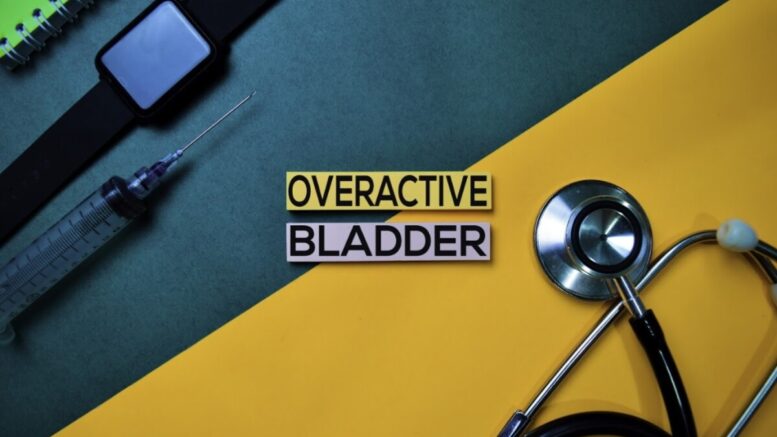If you suffer from urinary incontinence, you can take comfort in the fact that you’re not alone. Although this condition can be embarrassing, it’s a lot more common than most people think.
Millions of adult Americans have urinary incontinence – it mainly affects people over the age of 50, and it’s more common in women (especially women who have given birth recently) than men.
Urinary incontinence can be anything from leaking a small amount of urine while coughing, laughing, and sneezing to experiencing intense urges to urinate that cannot be controlled.
Another little-known fact about urinary incontinence is that it is not just a typical symptom of aging. Although aging can reduce the amount of urine your bladder can hold, it can be treated. There are also non-invasive options that can help make you more comfortable – like a female or male external catheter.
If urinary incontinence is left untreated, it doesn’t just cause physical problems like rashes and urinary tract infections; it can also affect your social life and mental wellbeing.
Here’s everything you need to know about urinary incontinence and what you can do to treat it.
Types of Urinary Incontinence
There are four different types of urinary incontinence – stress incontinence, urge incontinence, overflow incontinence, and functional incontinence. However, a person can have ‘mixed incontinence,’ which involves more than one type.
Stress incontinence
When the bladder receives pressure or ‘stress’ from the surrounding abdominal area due to coughing, heavy lifting, exercising, standing up, sneezing, or laughing (‘giggle incontinence’), the resulting urinary leakage is known as stress incontinence. This ‘stress’ puts pressure on the bladder, urethra, and the muscles around the opening.
To prevent urine leakage, the muscles surrounding the urethra need to withstand the pressure from the abdomen. Weakened muscles that are too slow to react by closing the urethral passage result in leakage.
Urge Incontinence
When an involuntary contraction of the bladder muscles causes a sudden, uncontrollable urge to urinate, the urinary loss is due to urge incontinence. Pelvic floor muscles and sphincter muscles around the bladder’s opening act reflexively, counteracting the brain signals that tell you it’s not the right time or place to urinate.
If the pelvic floor muscles and sphincters don’t react quickly enough, leakage can also occur. Urge incontinence is prevalent in women, and the urge to urinate can be impossible to control. Sometimes, urge incontinence is triggered by external stimuli – like unlocking the front door or hearing running water. It can also be caused by consuming bladder irritants and diuretics like caffeine and alcohol.

Overflow Incontinence
Overflow incontinence is caused by an overfull bladder and results in small, uncontrollable urine leakages. This type of incontinence may feel like you are straining or cannot empty your bladder completely when urinating.
Overflow incontinence is more prevalent in men than women, and it can be caused by an obstruction – like a tumor or enlarged prostate.
Some medications and conditions like diabetes can also cause overflow incontinence.
Functional Incontinence
When you have normal bladder control but are hampered from getting to the bathroom in time to urinate due to another condition that impedes your movement (like arthritis), the type of incontinence is called functional incontinence.
Causes of Urinary Incontinence
Urinary incontinence in adults can result from many medications and medical conditions – like vascular disease, diabetes, obesity, Alzheimer’s disease, multiple sclerosis, and constipation.
The most common causes for urinary incontinence for women include weak pelvic floor muscles after giving birth, urinary tract infections, and the thinning and drying of the skin in and around the urethra after menopause.
For men, the most common causes of urinary incontinence are an enlarged prostate or prostate surgery.
Treatment Options
The best treatment plan for you will depend on what type of urinary incontinence you have and what is causing it.
If you have an underlying medical condition causing your urinary incontinence, treating the condition will resolve it.
Other treatment options include Kegel exercises, bladder training, surgery, or medication.
What Are Kegel Exercises?
Kegel exercises strengthen your pelvic floor muscles, leading to better bladder control.
Although they are generally designed for women (especially if they have given birth), kegel exercises can also benefit men with urinary incontinence.
The pelvic floor muscles are the hammock-shaped muscles that connect the pelvic bone’s back, front, and sides. This group of muscles supports the rectum, sexual organs, and bladder.
Final Words
If you suffer from urinary incontinence and it’s affecting your day-to-day activities and social life, don’t suffer in silence. While urinary incontinence seems like an embarrassing subject, speak to your doctor about it.
Usually, urinary incontinence can be improved or cured by employing lifestyle or medication changes.
However, even if your urinary incontinence can’t be cured, there are ways to live with it more comfortably – like buying panty liners, drinking less water while you’re out, taking frequent bathroom breaks, or looking into non-invasive external catheters (for men and women). Men’s most common choice is Men’s Liberty external catheter kit, which is covered by Medicare and Medicare Advantage plans.
